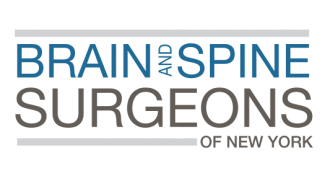
Post Herniorrhaphy Pain Syndrome
Inguinal hernias are a common medical condition, and often hernia surgical procedures are described as a routine. However, for some patients, even after the two to three-month healing window is over, they experience pain in the groin that interferes with daily life. If your chronic groin pain is not resolving on its own months after surgery, you may have post-herniorrhaphy pain syndrome.
This condition is caused by nerves, muscles, or tissue becoming damaged during surgery or trapped in sutures or surgical mesh used in the hernia repair.
Risk factors for post-herniorrhaphy pain syndrome include:
- Pre-existing neuropathy
- Post-operative infection or complications
- Corrective hernia surgery (second repair)
- Anterior hernia repair
Types & Symptoms
Those diagnosed with Post-Herniorrhaphy Pain Syndrome experience isolated or regional chronic pain in the groin area even after the three-month timeframe for recovery has passed. Some patients may experience pain that interferes with sexual function as well.
Pain is described as:
- Burning
- Tingling
- Aching
- Pins-and-needles
Treatment
Your BSSNY neurosurgeon will review your medical history, perform a physical exam, and discuss your pain to make a conclusive diagnosis. If you are diagnosed with Post-Herniorrhaphy Pain Syndrome, there are several treatment avenues to explore to help you find relief, including:
- Anti-inflammatory medicine
- Nerve blocks
- Neuromodulation
- Anesthetic injections
- Radiofrequency ablation
- Nerve entrapment release
- Neurectomy










